

Factsheets
A Classroom Resource About Each Phylum
Factsheets
- Image
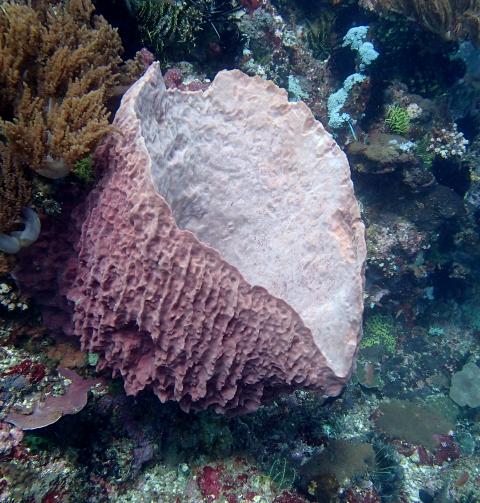
Factsheet
Sponges: The TrailblazersScientists believe sponges are the oldest animal phylum. They first appeared about 600 million years ago.
Download Factsheet
- Image
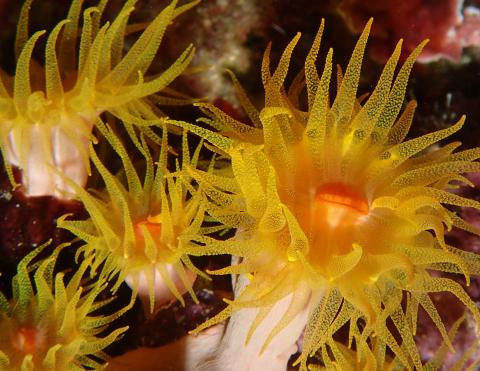
Factsheet
Cnidarians: The Polyp and MedusaScientists think that cnidarians were the first animals to have muscles and nerves to produce behavior.
Download Factsheet
- Image
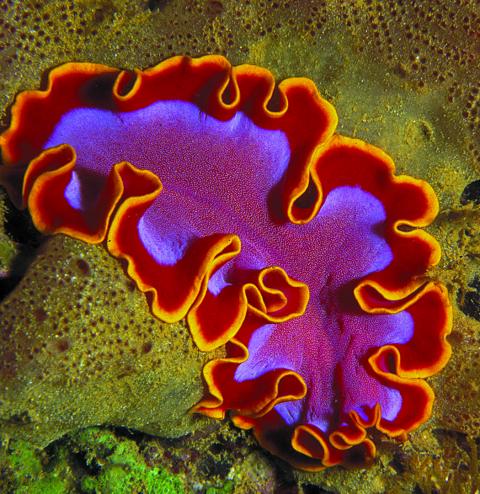
Factsheet
Flatworms: An Ancient Body PlanAround 20,000 flatworm species today have the same basic body plan that appeared roughly 500 million years ago.
Download Factsheet
- Image
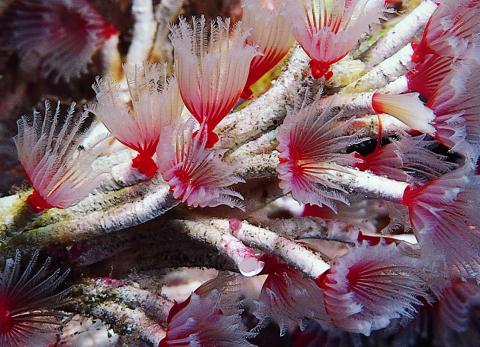
Factsheet
Annelids: Not Lowly, LovelyAnnelids are impressively adapted animals that live in every habitable niche on earth except the sky.
Download Factsheet
- Image
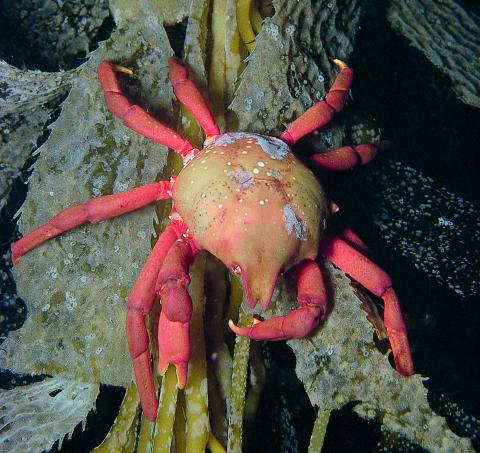
Factsheet
Marine Arthropods: An Adaptive Body PlanMarine arthropods are the most abundant group of animals in the ocean.
Download Factsheet
- Image
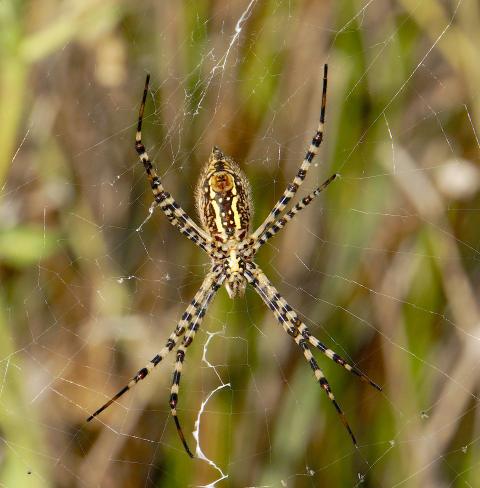
Factsheet
Terrestrial Arthropods: Bold Explorers!Arthropods were the first animals to venture out of the sea onto land all over the earth.
Download Factsheet
- Image
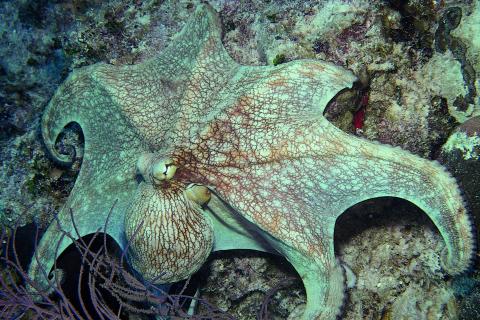
Factsheet
Molluscs: Beauty and DiversityThe diversity of molluscs shows how a fleshy soft body plan can evolve into a variety of forms.
Download Factsheet
- Image
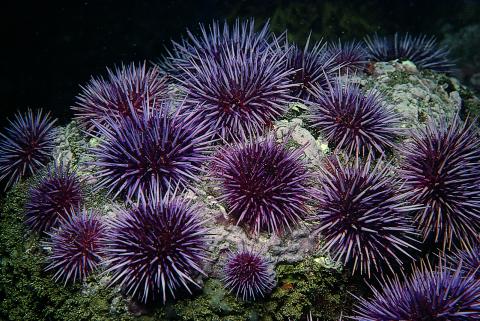
Factsheet
Echinoderms: The Spiny RebelsModern echinoderms, which include sea stars, urchins, sea cucumbers and sea lilies, have a unique body plan with a five-part symmetry.
Download Factsheet
- Image
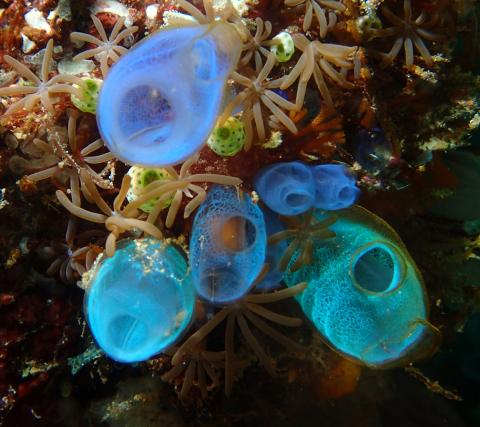
Factsheet
Chordates: This Is UsThe chordate phylum includes both invertebrates (without backbones) and vertebrates (with backbones).
Download Factsheet
- Image
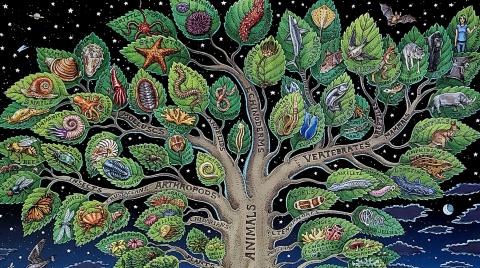
Factsheet
Cambrian ExplosionThe Cambrian Explosion was a burst of animal evolution that occurred in the ocean about 540 million years ago.
Download Factsheet
















